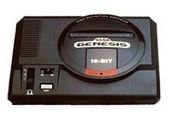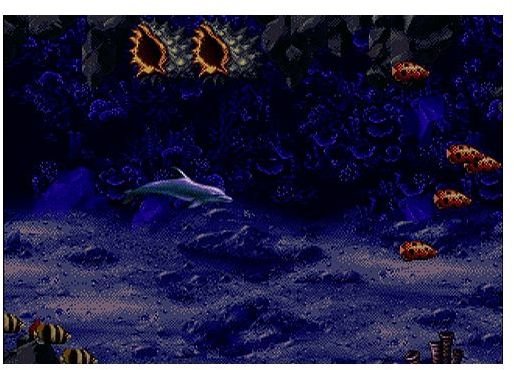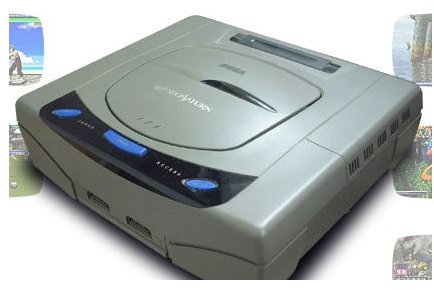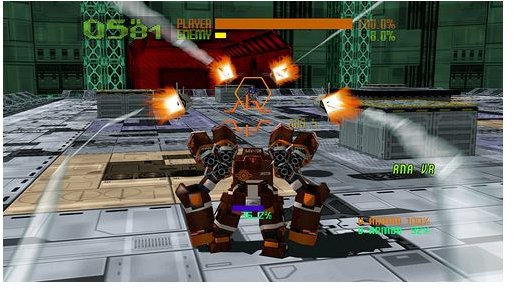From the SG - 1000 to the Dreamcast: A SEGA Console Timeline

SEGA game consoles, do you remember them? If you’re over the age of 15 the answer is probably yes, for SEGA had a number of game consoles dating up to the early 2000s. Then, however, SEGA game consoles disappeared as SEGA abandoned console hardware. The history of SEGA game consoles dates back to the early 1980s when the first SEGA consoles emerged.
1983 - SG – 1000
It was in 1983 that SEGA made its home console debut with the SG - 1000. As such, this was SEGA’s first game console, but it did not have much impact. The console was similar to older ColecoVision consoles, and its games were not much to get excited about. However, the arrival of the NES also ensured that the SG - 1000 never took-off. So, the console was quickly forgotten as the NES emerged as the best game console of the 1980s.
Sequels to the SG – 1000 such as the SG – 1000 2 also followed in 1984. The upgrade also did little to rival the NES, although the game console did have some good arcade conversions of coin-ops such as Zoom 909.
1986 - Master System
The Master System was essentially a redesign of the SG – 1000 Mark 3 that had arrived earlier in 1985. Although, the SG -1000 Mark 3 had not made any waves in Japan as the NES remained dominant. As such, as SEGA turned to the United States’ release the console was redesigned as the 8-bit Master System.
The Master System did have some more noteworthy game titles. Alex Kidd in Miracle World was the first game in the Alex Kidd game series, and Alex Kidd was also SEGA’s first mascot. In addition to this, the game console also included a light gun for the game Safari Hunt. Although this game console did not come close to eclipsing the NES it was still SEGA’s best alternative at the time, and the console did have some impact in Europe where it rivaled the NES.
1989 – The SEGA Genesis
While SEGA game consoles were making some progress, they were still some way behind Nintendo’s consoles. However, it was clear that the era of 8-bit game consoles was coming to a close as SEGA had cutting edge 16-bit hardware with their arcade games. As such, by 1989 SEGA had developed the first 16-bit home game console: the SEGA Genesis. This was otherwise called the SEGA Mega Drive.
As SEGA’s console was the first 16-bit console it was the most advanced at the time of its arrival, and this ensured that the console gained some genuine momentum to give SEGA an unprecedented early advantage. The arrival of the Sonic the Hedgehog game in the early 1990s, firstly on the Master System, also provided the game console with a big alternative to the Mario game series. Sonic became SEGA’s official mascot, and the Genesis gained many fans in America as it emerged as the number one game console in the United States.

The Genesis was therefore SEGA’s biggest game console that had a number of good games. The Sonic the Hedgehog game series was an exciting fast-paced platform game that was followed by a few sequels such as Sonic and Knuckles, as well as spin-offs such as Sonic Pinball. Other great SEGA games such as Ecco the Dolphin and Golden Axe also emerged on the console.
The Genesis also had some notable add-ons such as the 32X which boosted the console’s hardware. The 32X 32-bit hardware enhancement provided the game console with some more advanced 3D game titles such as Virtua Racing and Doom. However, only a few games emerged for the 32X game console as the Sega Genesis began to fade by the mid-1990s.
1990 – The Game Gear
The Game Boy had highlighted that handheld game consoles were now a big alternative to non-portable game consoles. As such, SEGA introduced their first and only handheld game console the Game Gear in the early ‘90s. The Game Gear’s hardware was certainly superior to the Game Boy as it boasted a color display. So, it was in many respects more like a portable Master System game console, and included a number of direct Master System game ports. However, the Game Gear also had a shorter battery life than the Game Boy, and had fewer original games. As such, it did not have such a great impact.
1995 - The SEGA Saturn

As the Genesis faded SEGA required a replacement game console. The 32-bit SEGA Saturn was SEGA’s first genuine 3D game console which supported CDs, and the console had a number of arcade conversions. Conversions of SEGA’s best arcade games such as Virtua Fighter, Virtua Fighter 2, Daytona USA and Virtua Cop all emerged on the SEGA Saturn.
While these great arcade games boosted the Saturn, they were not enough to ensure the Saturn was a good alternative to the PlayStation. The console lacked third-party support, partly due to the console’s design and hardware. The rise of the PlayStation, which was then followed by the N64, ensured that the Saturn was discontinued by 1998.
1998 - The Dreamcast
With the demise of the Saturn, SEGA required something to rejuvenate SEGA game consoles. The Dreamcast was supposed to be that console. The console was the first to provide on-line gaming support, had a Microsoft OS and included GD-ROMs for its games which were essentially higher storage CD-ROMs. The Dreamcast arrived in 1998, but had only a few games such as Virtua Fighter 3 and Sonic Adventure.
However, the Dreamcast’s launch in America was more spectacular. By this time the console had a greater number of impressive launch game titles to select from such as NFL2K and Soulcalibur which was very highly rated by a variety of game publications. In fact, the Dreamcast’s launch in America was perhaps the best ever launch for a SEGA game console, raising hopes that the Dreamcast was the console that SEGA needed.

Alas, despite this encouraging launch the Dreamcast could not maintain the momentum. When the PlayStation 2 arrived it soon emerged as the biggest game console, and the Dreamcast lost ground it could not regain. With the forthcoming arrival of the Xbox and the GameCube SEGA waved the white flag in 2001. As such, the Dreamcast was discontinued, and so today remains SEGA’s last game console.
The demise of the Dreamcast ends this SEGA console timeline. Since then SEGA have been a third-party software publisher. Of these game consoles, the SEGA Genesis was probably their best game console, although the Dreamcast did have some great games and was considered to be ahead of its time. Today you can play a number of these game consoles’ games on the Wii Virtual Console, and also as part of SEGA compilation packs such as the SEGA Genesis Collection on the PlayStation Portable.
References
- IGN, History of SEGA Game Consoles
- Images from publisher websites
